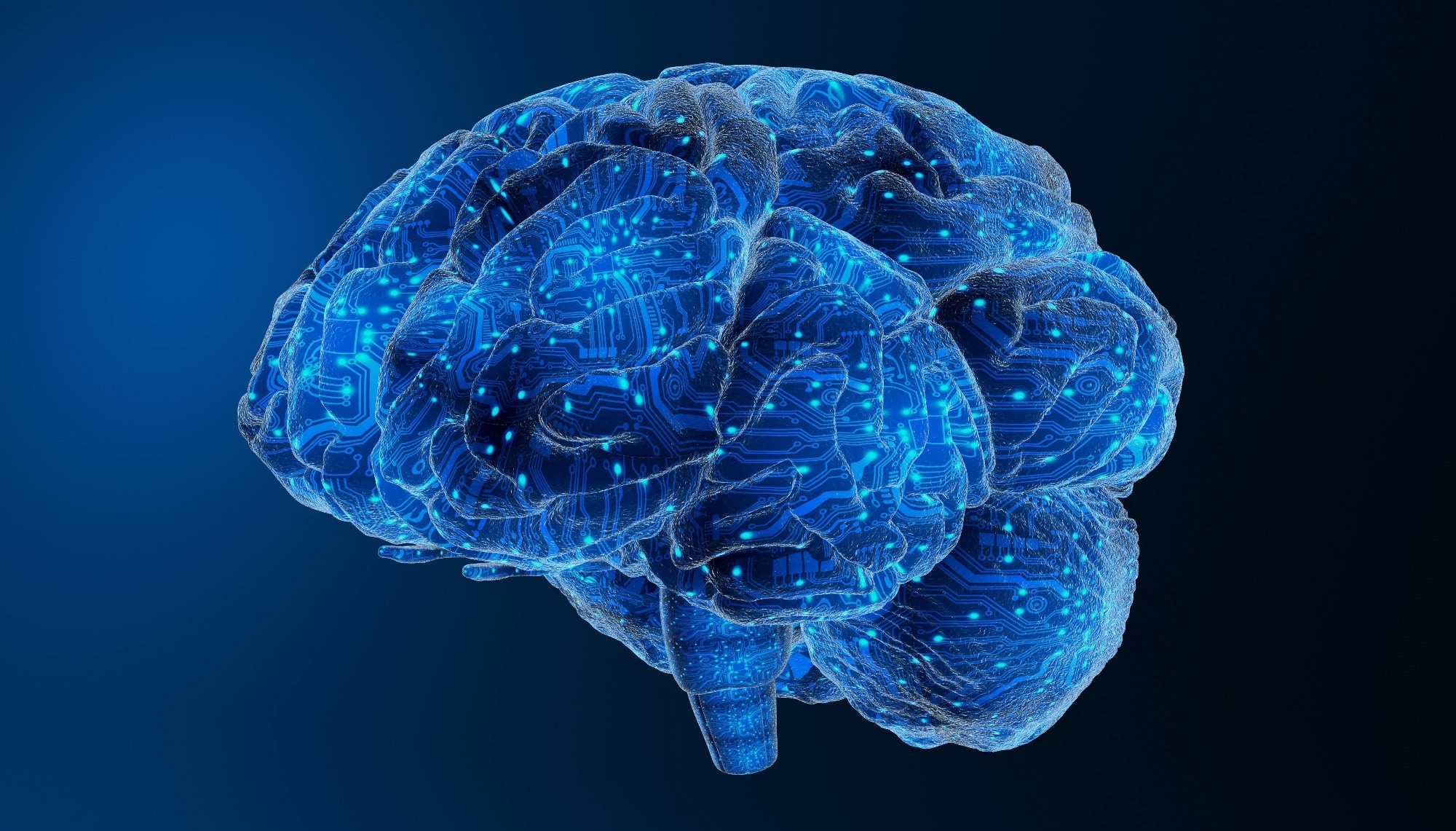In a recent study published in the Proceedings of the National Academy of Sciences, researchers explore how live and recorded music stimulates the brain, with live music found to induce stronger and more consistent stimulation of the listeners’ affective brains.
 Study: Live music stimulates the affective brain and emotionally entrains listeners in real time. Image Credit: Andrus Cyprian / Shutterstock.com
Study: Live music stimulates the affective brain and emotionally entrains listeners in real time. Image Credit: Andrus Cyprian / Shutterstock.com
Background
Like other forms of art, music can evoke positive and negative emotional responses. Both cortical and subcortical regions of the brain are stimulated by the recognition and processing of these emotions.
Thus, music can be used to understand the circuitry of the affective brain, including salience detection, reward coding, tendencies toward involuntary action, predictive temporal soundtracking, and acoustic sound analysis. The limbic system may also be involved in this neural network.
Musical emotions often stimulate high activity levels in the amygdala, which is sensitive to both positive and negative feelings, as well as sudden affective changes, while regulating arousal levels. Pleasant music activates the laterobasal subnucleus of the amygdala, whereas unpleasant music activates the superficial subnucleus. Activity in the amygdala also affects functional connections with other systems in the brain including the limbic, paralimbic, frontal, and auditory systems.
In previous studies examining the effects of music on the brain, pre-recorded music was used as stimuli, which would naturally be non-adaptive and non-dynamic. Comparatively, live music performers can adapt and modulate their performance based on verbal and non-verbal feedback from their audience.
About the study
In the current study, closed-loop music was performed by human piano players while researchers observed neural limbic responses in the listeners using functional magnetic resonance imaging (fMRI) in real time.
The professional pianists played a total of twelve 30-second-long pieces along positive or ‘pleasant’ and negative or ‘unpleasant’ themes. These pieces were specifically composed for the experiment and designed to maximize activity in the left amygdala.
The musicians were given access to a screen in which the audience’s left amygdala activity levels were shown, which the pianists were instructed to upregulate. The piano was chosen, as it is widely popular, familiar for solo music, and allows both melodies and harmonies to be played simultaneously, which is important for inducing and conveying emotions.
Participants who lacked in-depth education in music were exposed to the same pieces played by the same people, both in a pre-recorded format and as live performance with a feedback loop.
Neural activity of the listeners was mapped and compared between the two performances. Data were analyzed using statistical testing, correlation analysis, and Granger causality analyses.
Study findings
Of the 27 participants included in the study, 15 were female and the average age was 28 years. Live music consistently stimulated higher activity in the left amygdala, with the right amygdala also stimulated to a lesser extent.
Brain activity also increased in many subcortical brain regions of the thalamus and limbic system, as well as cortical regions including the posterior superior temporal sulcus and posterior middle temporal cortex. Other activated areas included the dorsal processing stream and fronto-parietal inferior frontal cortex.
Unpleasant and pleasant music performed live had similar neural effects on the left amygdala but otherwise stimulated different brain regions. For example, live pleasant music induced greater activity in the left hemisphere of the brain.
Causality analyses suggested that when unpleasant music was played, the neural network exhibited more functional connections with the left amygdala stimulating the frontoparietal and limbic systems. Moreover, the auditory cortex showed interconnectivity with the pulvinar, frontal, and amygdalo-hippocampal regions. While the live pleasant music network was similar, it was less complex, particularly for the limbic system.
Researchers quantified 33 acoustic features associated with emotions expressed through music along six categories including tonality, pitch, rhythm, spectral features, Mel-frequency cepstral coefficients, and dynamics. Live music was found to be acoustically different from recorded music and positively correlated with these features, whereas recorded music generally showed negative correlations.
Conclusions
Using pleasant and unpleasant music, the current study demonstrated that live music has fundamentally different effects on the brain. This is because, acoustically, live music and recorded music are different, as live musical performances and emotional responses are closely coupled by musicians being closely attuned to cues from their audience.
Journal reference:
- Trost, W., Trevor, C., Fernandez, N., & Frühholz, S. (2024). Live music stimulates the affective brain and emotionally entrains listeners in real time. Proceedings of the National Academy of Sciences. doi:10.1073/pnas.2316306121